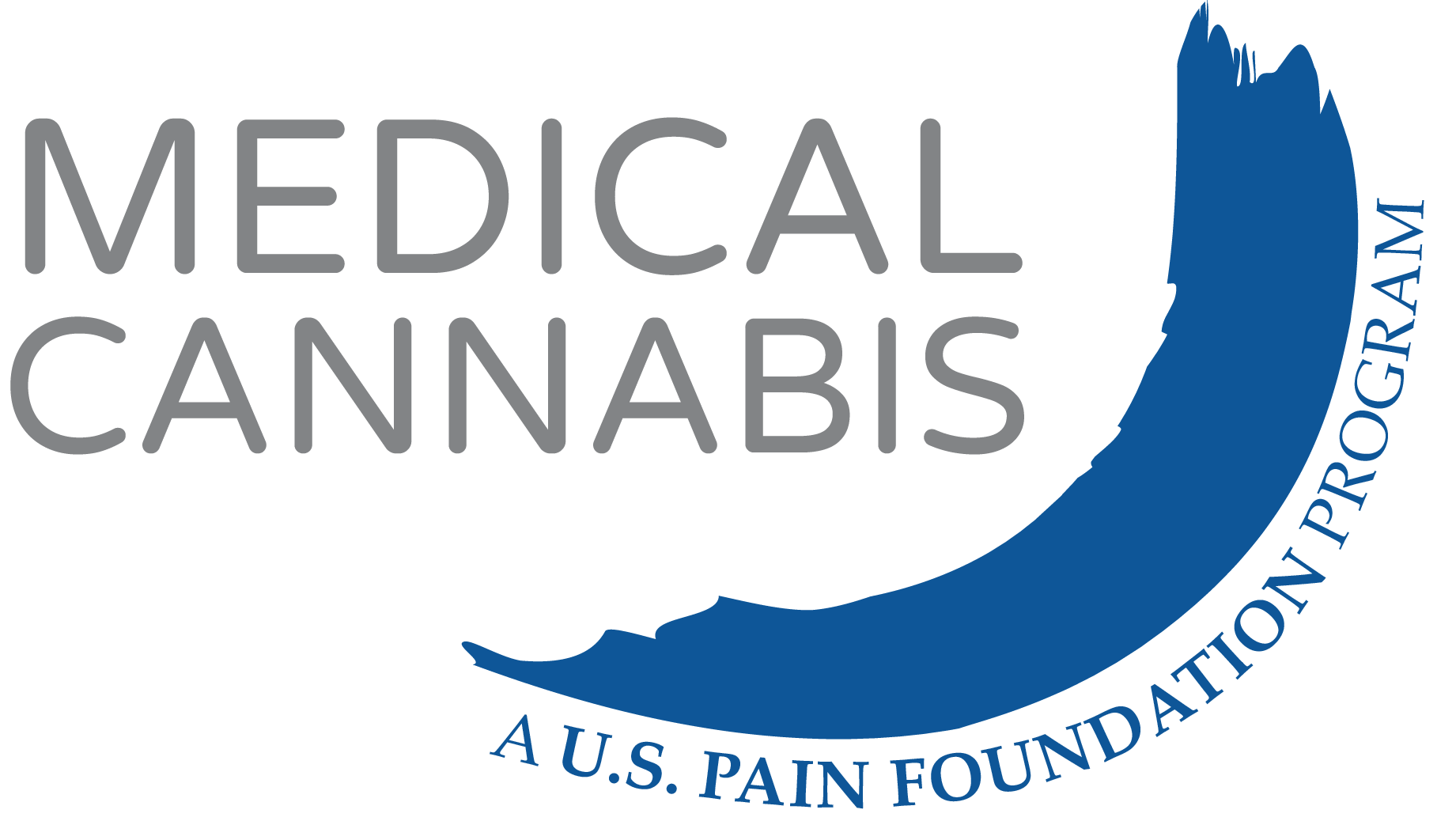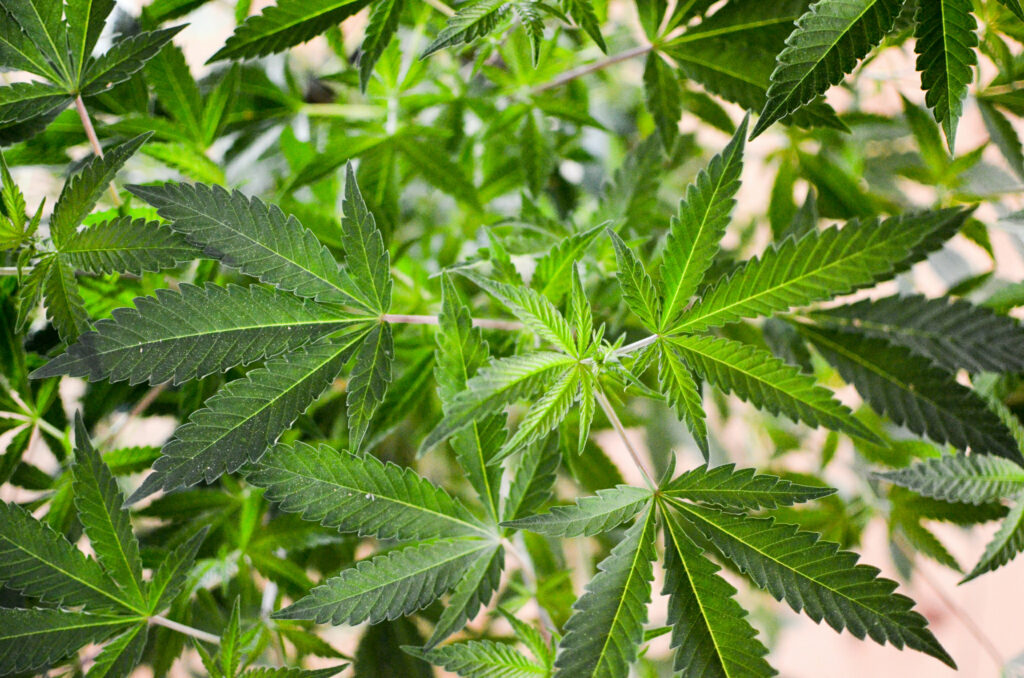The issue
Medical cannabis has well-documented analgesic properties that make it an effective medicine to treat many cases of chronic pain. It is an especially important option for patients for have found traditional pain relief options ineffective, and it may have fewer side effects and risks than some traditional medications.
The problem
As of February 2024, medical cannabis is permitted in 47 states, the District of Columbia, and three U.S. territories (Guam, Puerto Rico, and the U.S. Virgin Islands). Thirty-eight of these states, along with the District of Columbia and three territories, have comprehensive programs allowing for cannabis products beyond CBD or low-THC. Fourteen states and two territories have medical-only programs, while nine states restrict access to CBD/low-THC products for qualifying conditions. However, despite the prevalence of these programs, access is often limited to specific patient populations, meaning many individuals with chronic pain are excluded from potentially beneficial treatments. This patchwork of policies creates disparities in access to medical cannabis for people living with chronic pain across different states and territories.
Our position: legalize medical cannabis
We believe people with chronic illness and pain should have access to all safe, effective treatments, including medical cannabis. Read our full position statement here.
Get involved
- Sign up to be a U.S. Pain advocate and get action alerts straight to your inbox
Tips for advocating for medical cannabis legalization in your state
By Ellen Lenox Smith, Co-Director for Medical Cannabis Advocacy, U.S. Pain Foundation Although we are getting closer, many of you still live in states where it is illegal and may have the desire to know what you can do to help expedite the process of legalization.
The U.S. Pain Foundation greatly values its collaboration with ASA, recognizing it as a vital part of our advocacy efforts. ASA strengthens our collective voice and enhances our ability to champion the needs of those with chronic pain.


